A house fit for royalty, a wartime hospital, the home to a remarkable collection of art and a stunning example of Palladian architectural style – Woburn Abbey has been all these things and more over the past 400 years. It is also very much a family residence and remains so to this day.
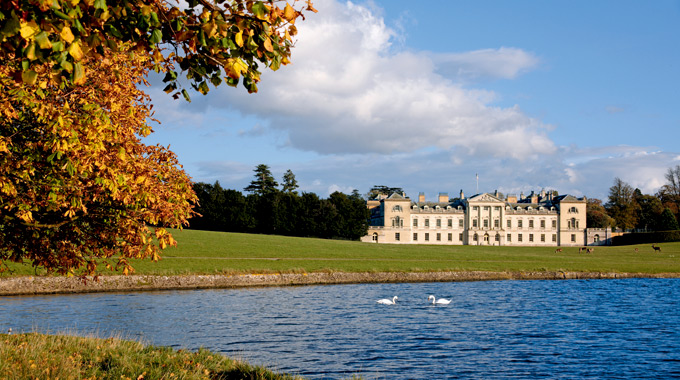
The story of Woburn is the story of the Russell family. John Russell was given Woburn Abbey in 1547 in recognition of his services to Henry VIII, some nine years after the original abbey was dissolved. Three years later, he was made the 1st Earl of Bedford. A soldier and a diplomat, Russell navigated the treacherous waters of Tudor politics with considerable skill and judgement.
The first Earl wasn’t the last to make an impression on history, as Jane Smith a guide at Woburn Abbey explains, “Name an event in English history and there’ll be a Russell in the background somewhere.” At times the family made their way into the foreground, such as when Lord John Russell, brother of the 7th Duke, twice became Prime Minister. He carried the Reform Bill through parliament in 1832, an important landmark on Britain’s path to becoming a modern democracy.
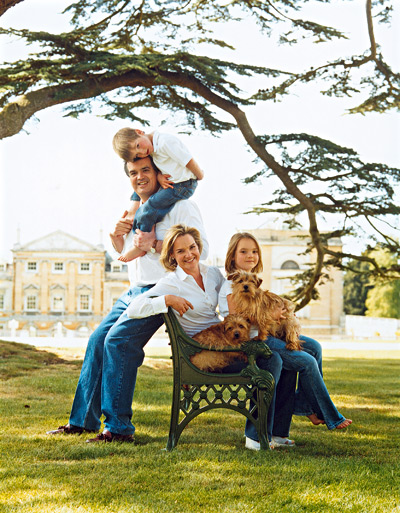
You’ll find Lord John Russell’s portrait, along with portraits of all the earls, arranged in chronological order as you climb the Grand Staircase to the first floor and pass along The Dukes’ Corridor (the title of duke was first bestowed on the 5th Earl in 1694). It’s a remarkable collection, both for its artistic value and for underlining the continuity of the Russell family in Woburn Abbey’s history.
The family’s close relationship with royalty is also on display in the iconic form of The Armada Portrait, perhaps the most famous painting of Queen Elizabeth I. Taking pride of place in The Long Gallery, Jane Smith describes it as “Woburn’s most prestigious painting”.
Believed to be the work of George Gower in 1588, it commemorates the great naval victory over the invading Spanish Armada. The Queen’s instantly recognisable face, white and implacable, first catches your attention, but look closer and the detail and precision of Gower’s brushwork takes the viewer’s breath away. “You can see almost every stitch in her dress,” says Jane. The portrait is a statement of Elizabeth’s political strength and power; the Queen’s right hand resting assertively on a globe to show England’s renewed authority on the world stage. The mermaid on the Queen’s chair symbolises mastery of the seas, while the defeat of the Spanish and the wreck of the remainder of the Armada in storms off the Irish and Scottish coasts can be seen in panels behind the Queen.
Entirely different in period and style but no less impressive is the collection of 21 paintings by Canaletto in The Dining Room. Although on public display whenever the house is open, The Dining Room is still used for entertaining the Duke’s most important guests. Whatever delights the chef prepares, the food must struggle to draw attention away from the paintings showing views of Venice. The 4th Duke visited Venice in 1731 and was so taken with the city that he commissioned Canaletto to produce a series of works, which show why the city has been so revered by travellers down the centuries.
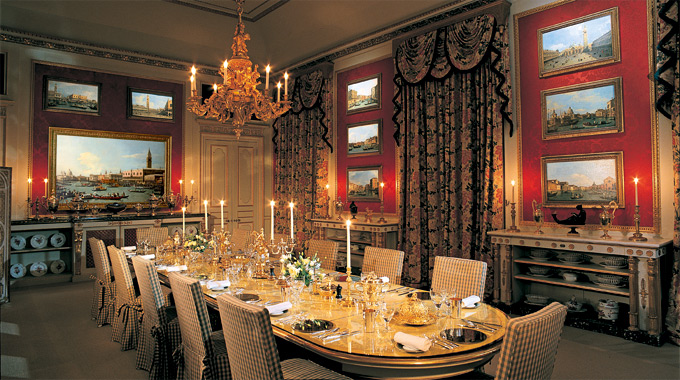
The shutters are closed as we enter the room yet the canvases seem to glow. That’s partly a compliment to the artist’s masterful brushwork, but also due to subtle spotlights in the ceiling that light each individual canvas.
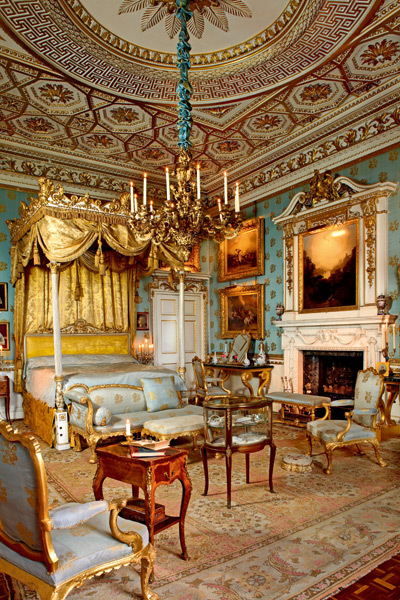
There is also a fine collection of art in Queen Victoria’s bedroom. Part of the royal apartments, this room is one of several that were kept for royal visits and otherwise closed. There’s so much to see in this one room that it would be easy to overlook some of its treasures without an audio guide or, better still, an actual guide to point out hidden gems.
Enter the room, and your eye is drawn to the impressive chandelier, gold leaf on the ceiling and the four-poster bed, the only four-poster in the house. On closer inspection, many of the smaller objects in the room are just as worthy of attention. A series of etchings on one wall were drawn by Queen Victoria and Prince Albert. The etchings were a gift to Anna Maria, wife of the 7th Duke, who had been one of the Queen’s ladies-in-waiting. In one display cabinet there’s orange blossom from Queen Victoria’s wedding bouquet. “There are so many wonderful little things that people sometimes miss,” explains Jane.
Whether little or large, the objects in the house are as diverse as they are fascinating. The paintings and other pieces in the Racing Room show the family’s love of horse racing, with the Bedford silks draped over a chair and the ornate 1846 Ascot Gold Cup taking centre stage. It was won by Charles Greville’s horse, Alarm, and presented to the 7th Duke the following year. In the Holland Library you will see hundreds of valuable books, mostly concerned with natural history but also geography.
Downstairs in the crypt you will find The Neptune, a model ship made by Napoleonic prisoners of war from bone and horsehair. And anyone with an interest in pottery will be amazed by the collection of Meissen, Sèvre, Wedgwood and 17th-century Japanese porcelain.
Beneath the house is a selection of some of the family silver and gold, including a 14th-century silver spoon, believed to be an anointing spoon from the original Abbey.
As beautiful as Woburn’s treasures are, it’s the stories of the people behind them that really make the Abbey come alive. Among Woburn’s many colourful residents, none is more fascinating than Mary, ‘The Flying Duchess’; a whole room is devoted to her life and achievements.
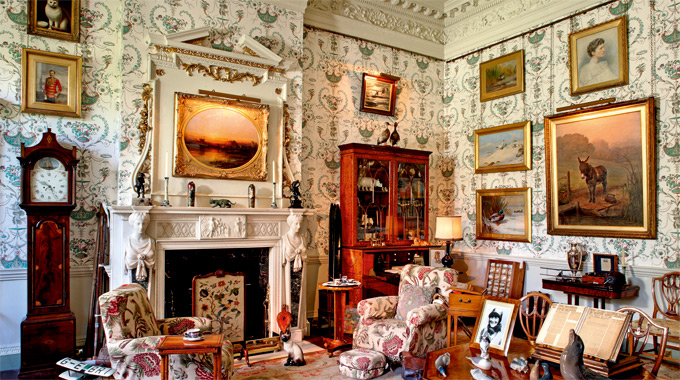
The wife of the 11th Duke, Mary travelled widely, had a taste for adventure and a love of animals. She combined all three with bird-watching trips on her yacht, Sapphire. Mary also worked tirelessly for her country in times of crisis. During the First World War she organised temporary wards for the care of wounded soldiers at the Abbey, becoming a fully qualified nurse and radiographer.
In her later years, aviation became Mary’s great passion and gave her the name she is remembered by today. She survived a forced landing in the Sahara and being shot at by Berber tribesmen in North Africa, but disappeared during a short flight to view the flooded fens in 1937. Some parts of her Gipsy Moth eventually washed ashore near Great Yarmouth in Norfolk.

There’s more than enough in the house to occupy anyone with a passion for art and history for a day, but Woburn offers plenty to see and do outside, too. A few years ago the gardens did not live up to the grand house, but since 2005 the grounds have been restored by gardens manager Martin Towsey and his team.
Woburn Garden’s heyday was in the early 19th century, when it was transformed by the celebrated landscape gardener, Humphry Repton. Martin Towsey and his colleagues have used Repton’s original designs, notes and watercolours to bring the grounds back to their very best. Repton only became a landscape gardener after trying his hand at several other careers, but soon came to be considered the successor to Capability Brown and was known as Britain’s foremost garden designer.
For its grounds, its history, its art and the fascinating people who have lived and worked there, Woburn deserves its place as one of Britain’s best-loved country houses.
All photos courtesy of © Woburn Abbey and Heritage House Media Ltd
Related articles
Behind the scenes at Parham House





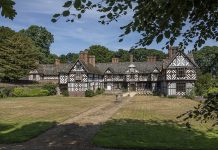
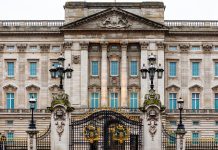

 © 2024
© 2024